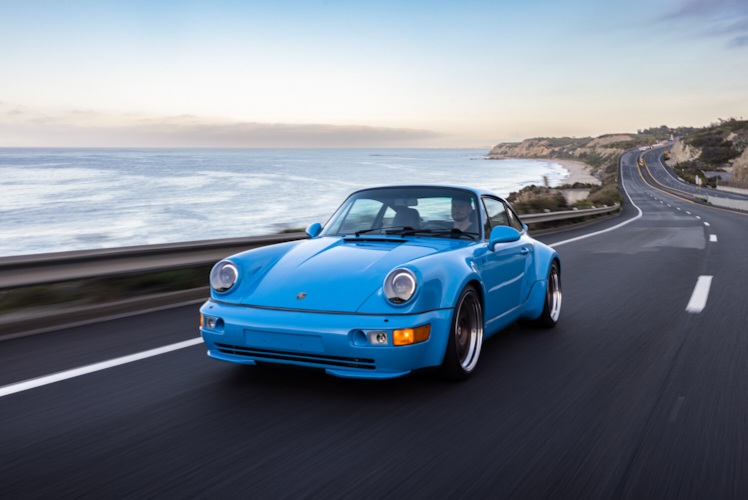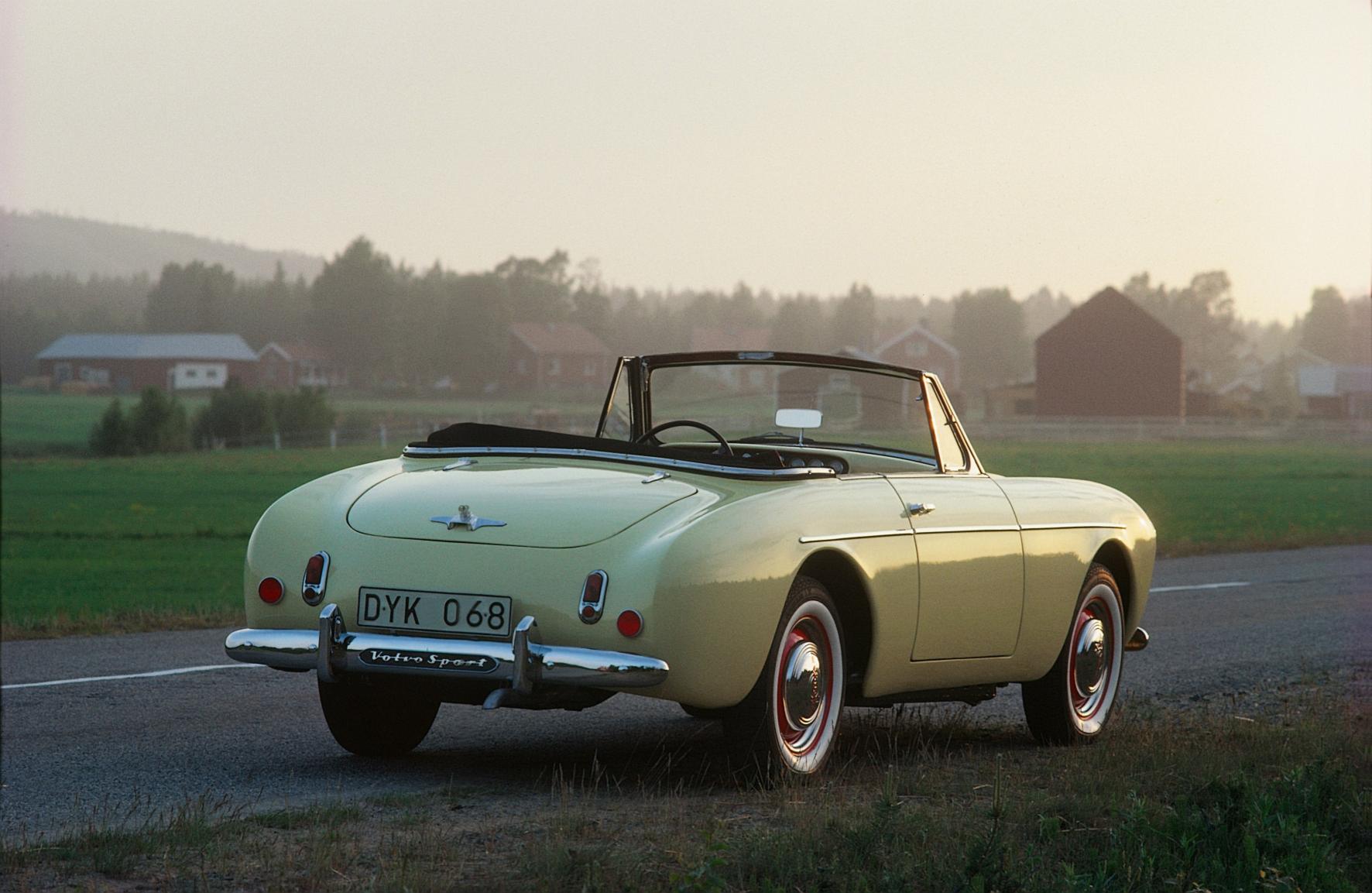
On 2 June 1954 the two-seater roadster, the Volvo Sport, and the company’s first sports car, made its debut. But a low weight and reliable Volvo technology were not enough – production was shut down after just 67 had been built. Or was it 68?
The name of the new car was short and sweet – Sport – and it had a short and plump body with a big grille that looked like a turbine. The wheelbase was 20 centimetres shorter than that of the Volvo PV 444, whose mechanics it otherwise shared. Under the hood there was a 1.4 litre tuned version of the PV 444 engine, with twin carburettors and 70 horsepower. The top speed was specified as 155 km/h.
The Volvo Sport was the direct result of the many reconnaissance trips made to the USA by the company’s founder and MD Assar Gabrielsson in the early 1950s. In his quest to learn as much as possible about the market before launching Volvo on the other side of the Atlantic, he met a lot of people in the car world. One company that he came into contact with was Glasspar in Montecito, California. Since 1951 they had been building hulls for boats and bodies for sports cars using the new material fibreglass.
Gabrielsson was very interested in the manufacturing process and wanted to find out how the material worked in Sweden. Furthermore, he had also noted in the USA that there was a huge interest in small, European sports cars – so Volvo ought to build one!
In 1953, Glasspar was tasked with designing a body, producing moulds, building the first prototype, and training Volvo’s staff in how to design and manufacture fibreglass bodies. Back home in Gothenburg, Volvo’s engineers were ordered to develop a suitable frame chassis that would fit the body.
Short development time
The project progressed at a rapid pace. By the beginning of 1954 Glasspar had delivered the first drivable prototype to Volvo, although it was still far from fully developed. For example, it lacked a canopy top and side windows that could be wound down. The prototypes faced tough criticism during internal testing. The chassis was too weak, the plastic cracked, the doors fitted poorly, and the three-speed gearbox was far from sporty.
By the time of the presentation at Torslanda Airport another two prototypes had been completed and Volvo was able to show it was serious about its sports car project. Those present were told the car would reach the market in 1955, and that a first series of 300 cars would be produced, all for export.
Straight after the first showing, Volvo undertook a demonstration tour with the three cars, visiting all Volvo dealers in Sweden.
The beginning of something new
In the spring of 1956 the first cars were delivered to customers in countries such as South Africa, Brazil, Morocco, and the USA. However, cars were also delivered to Swedish customers – the original policy that the Volvo Sport would be for export only had been reassessed. By that stage the car had been redesigned in several respects and now had a canopy top roof and windows that wound down. But the gearbox was still only three-speed.
Production and sales were slow and during the first year only 44 were built. In 1957 another 23 were built, but after the newly appointed MD Gunnar Engellau got to drive a Volvo Sport for a weekend he decided that production should cease immediately. The car did not live up to Volvo’s quality requirements and the company was losing money on every car it sold.
The total number produced was 67, but later research shows that two cars were, probably accidentally, given chassis number 20. That would mean that 68 Volvo Sports were built. Surprisingly, many of the cars are still in existence – the whereabouts of around 50 are known.
Despite the failure of P1900 – as the car was known internally – Volvo still gained useful experience from the project. Shortly after the stop in production of the Volvo Sport, MD Gunnar Engellau commissioned a new sports car – made from steel. Four years later the Volvo P1800 was ready – and a significantly greater success for Volvo.








